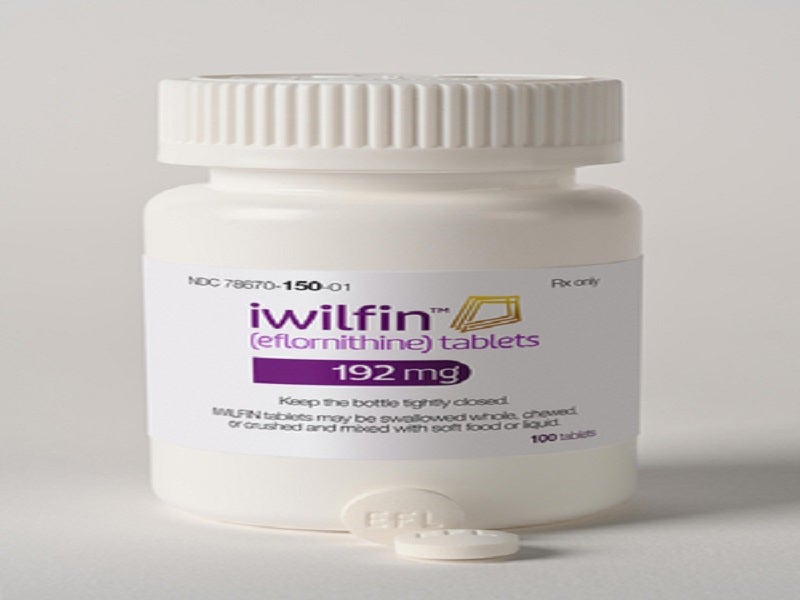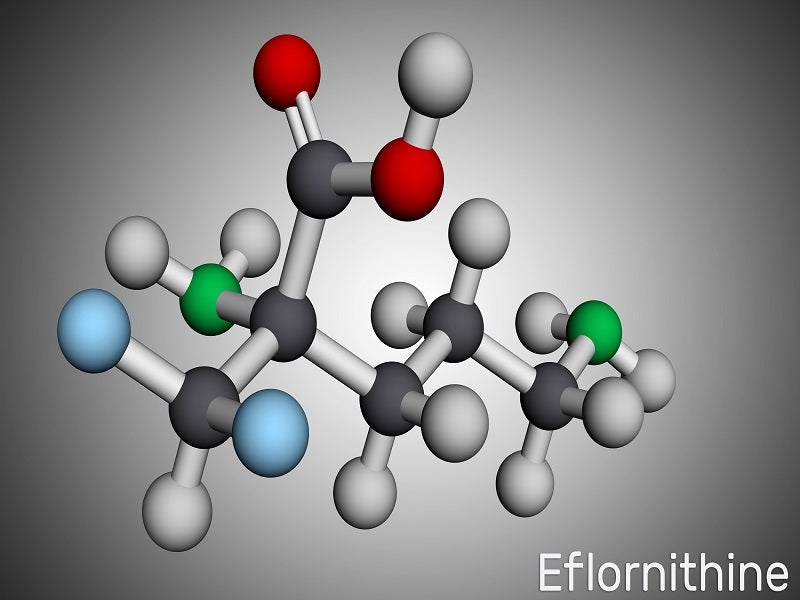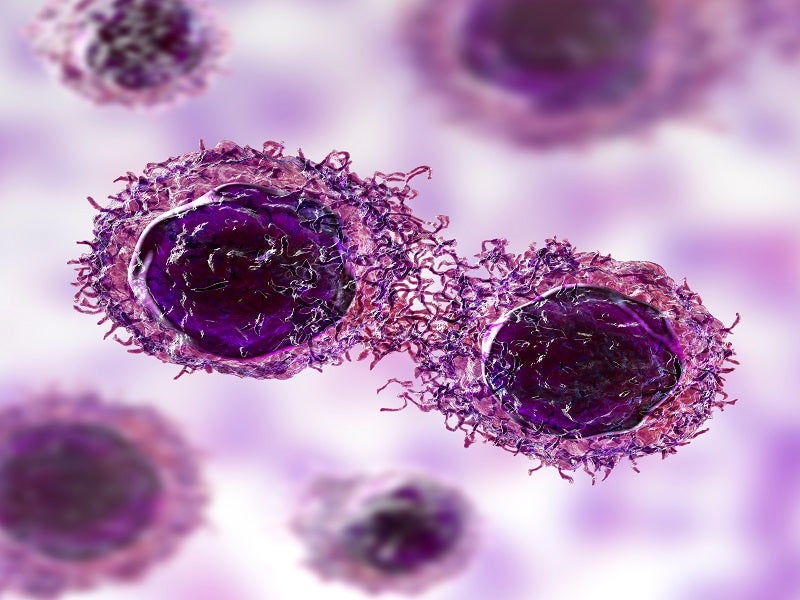Iwilfin (eflornithine) is an ornithine decarboxylase inhibitor indicated to reduce the risk of relapse in adult and paediatric patients with high-risk neuroblastoma (HRNB) who have previously responded partially to multiagent, multimodality therapy, including anti-GD2 immunotherapy.
HRNB is an aggressive and extracranial solid cancerous tumour common in children.
Iwilfin was developed by US WorldMeds, a biopharmaceutical company based in the US. US WorldMeds collaborated with the Beat Childhood Cancer Research Consortium at Penn State University for the preclinical and clinical research of the maintenance therapy.
The consortium includes a group of 50 children’s hospitals and universities offering a global network of paediatric cancer clinical trials.
In December 2023, the US Food and Drug Administration (FDA) approved Iwilfin as an oral maintenance therapy for HRNB.
Iwilfin is available as a round, white to off-white tablet in 192mg dosage strength.
Neuroblastoma causes and symptoms
HRNB is a cancer that develops primarily in children less than five. It is a serious condition with a high mortality rate propelled predominantly by the risk of relapse after achieving remission.
The disease originates in neuroblasts, which is immature nerve tissue, in the adrenal glands. It can also develop in the neck, chest, or spinal cord nerve tissue and spread to other body parts.
Typically, neuroblastoma in infants is diagnosed between the first month and five years of age while it can also occur in babies even before they are born and is detected during an ultrasound of the baby.
Often, genetic conditions and family history in children may cause the risk of having neuroblastoma. Specific abnormal changes in the neuroblast cells and how they function, grow, and divide into new cells may cause neuroblastoma.
Symptoms may depend on the location of the affected part of the body. Typical signs include abdominal pain, a thick mass beneath the skin, diarrhoea, constipation, wheezing, chest pain, abnormal changes to the eyes, including proptosis, bruises like dark circles around the eyes, back pain, fever, weight loss, and bone pain.
It is estimated that 700 to 800 cases of neuroblastoma are reported in the US a year, according to the American Cancer Society. Approximately 90% of the diagnosed cases involve children aged below five years, and more than half of these cases are categorised as high-risk.
It is estimated that 50% of children with HRNB have the slightest possibility of survival beyond five years of age after diagnosis.
Iwilfin’s mechanism of action
Eflornithine acts as an irreversible inhibitor of the enzyme ornithine decarboxylase (ODC). ODC is the first rate-limiting enzyme that plays a vital role in polyamine synthesis and is a transcriptional target of the MYCN gene. Polyamines are molecules involved in cell proliferation and endurance and are crucial for neoplastic transformation.
Inhibition of polyamine synthesis by eflornithine restores the LIN28/Let-7 metabolic pathway balance that regulates cancer stem cells and glycolytic metabolism, by reducing expression of the oncogenic drivers MYCN and LIN28B in MYCN-amplified neuroblastoma, thereby suppressing tumour growth and formation.
Clinical trials on Iwilfin
The FDA approval of Iwilfin was based on the data of an externally controlled trial, comparing the results of Study 3b (experimental group) with those of Study ANBL0032 (external control group derived from a clinical trial). The clinical trial assessed the efficacy of the drug.
Study 3b is a multicentre, open-label, non-randomised study with two cohorts.
One cohort group included 105 eligible paediatric patients with HRNB. They received oral eflornithine twice daily, based on body surface area until disease progression, unacceptable toxicity, or for a maximum duration of two years.
The study was designed to prospectively compare outcomes with the historical benchmark event-free survival (EFS) rate from Study ANBL0032, as reported in published literature.
The external control arm consisted of 1,241 patients from the experimental arm of Study ANBL0032, a multicentre, open-label, randomised trial comparing various treatments in paediatric patients with HRNB.
For the comparative analysis between Study 3b and ANBL0032, patients meeting criteria with complete data for specified clinical covariates were matched in a 1:3 ratio, using propensity scores. The matched efficacy populations for the primary analysis included 90 patients treated with Iwilfin and 270 control patients from Study ANBL0032.
The major efficacy outcome measure was EFS, defined as disease progression, relapse, secondary cancer, or death due to any cause. An additional efficacy outcome measure was overall survival (OS), defined as death due to any cause.
The study demonstrated that patients treated with Iwilfin as maintenance therapy improved EFS and OS in patients with HRNB. After four years of immunotherapy, the Iwilfin-treated group achieved 84% EFS compared to 73% of patients in the external control group, with 96% of Iwilfin-treated patients surviving in contrast to 84% of external control patients.
A 52% decline in the risk of relapse and a 68% decrease in the risk of death were observed in the study.
Further analyses, conducted to validate the findings of the externally controlled study design, indicated a decline in the relapse risk ranging between 57% and 41% while death risk was reduced between 71% and 55%.
Iwilfin showed a good safety and tolerability profile. The most common side effects reported during the clinical trials were hearing loss, otitis media, pyrexia, pneumonia, diarrhoea, upper respiratory tract infection, conjunctivitis, vomiting, allergic rhinitis, decreased neutrophils, increased alanine, transaminase increased aspartate aminotransferase, skin infection, and urinary tract infection.






